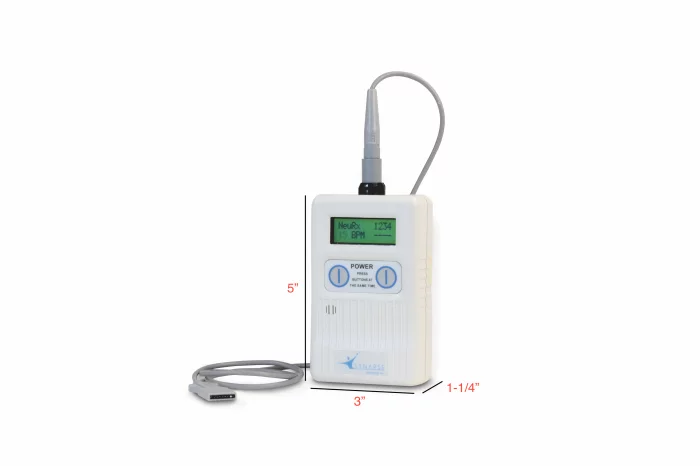
NeuRx DPS
ACS Best Practice Guidelines: Spine Surgery
Consider stimulation of the diaphragm in high-SCI patients in order to plan long-term ventilator str
NeuRx DPS
The NeuRx® Diaphragm Pacing System is designed as an alternative treatment for patients with spinal cord injuries that result in the reliance on a ventilator to breathe.
Diaphragm Pacing :
Alternative to mechanical ventilation
Description
More Products & Services
Products & Services
Synchrony
Synapse Biomedical
CCFES employs wireless sensor-controlled stimulation that uses movement recorded from the unimpaired side to control the timing and intensity of stimulation to the paretic side (contralateral control). CCFES applies NMES to open the paretic finger extensors in synchrony with and proportional to volitional opening of the unaffected hand as sensed by a hand sensor. The Synchrony modalities enable repetitive exercise, and proportional control of the paretic limb for functional task practice. There is evidence that individuals with moderate impairment less than 2 years post stroke receive the greatest therapeutic effects for upper extremity function and that synchronization of movement intent with NMES can yield greater effects (Knutson 2016). Synchrony featuring CCFES can be integrated as part of a stroke patient’s rehabilitation as an inpatient, outpatient, or home rehabilitation. With high dose and high repetition CCFES has shown to improve hand function and active range of motion to an impaired upper limb. Synchrony is pending FDA 510k submission and is not currently available for sale.
TransAeris
Synapse Biomedical
TransAeris is a percutaneous intramuscular diaphragm stimulator intended for patients at risk of or on prolonged positive pressure mechanical ventilation. TransAeris is indicated for use in the prevention and treatment of ventilator-induced diaphragm dysfunction (VIDD).
People
Description
The NeuRx DPS® has dramatically improved comfort levels for Spinal Cord Injury Patients. Reduce and in some cases eliminate their dependency on mechanical ventilators. Regain their independence by enhancing their mobility and transportation options. Allowing them to sleep more comfortably and soundly without constant ventilator noise. May allow for natural breathing through the nose and mouth rather than primarily through tracheostomy tube.

Share
Recent Chats
Share via email
Future: handle WhatsApp here
Future: handle LinkedIn here
Future: handle Twitter here
SUBMENU HERE
Share via Chat
Copy Link


